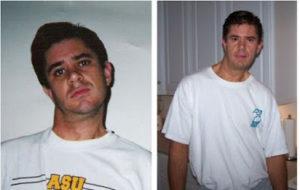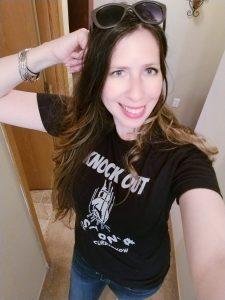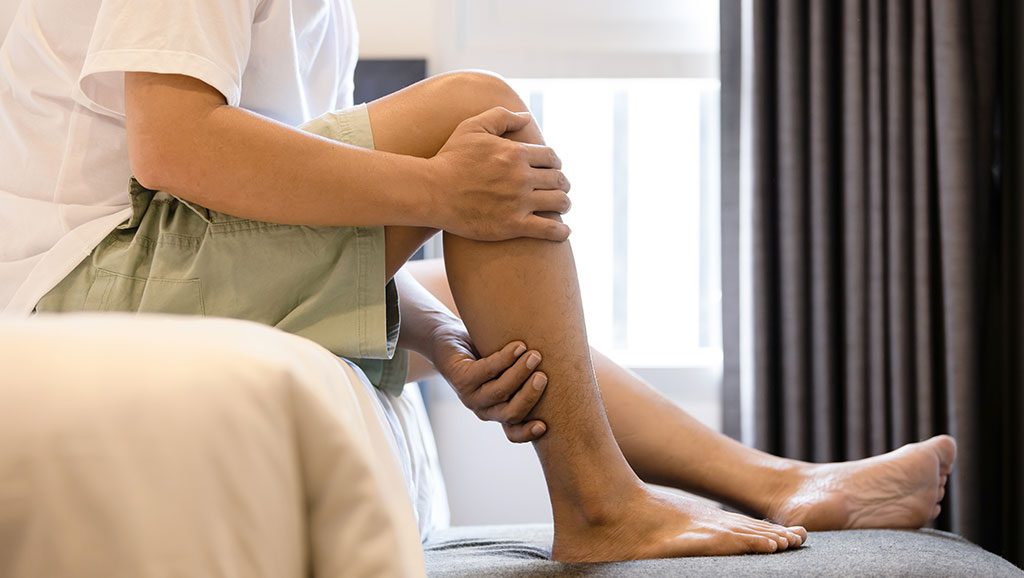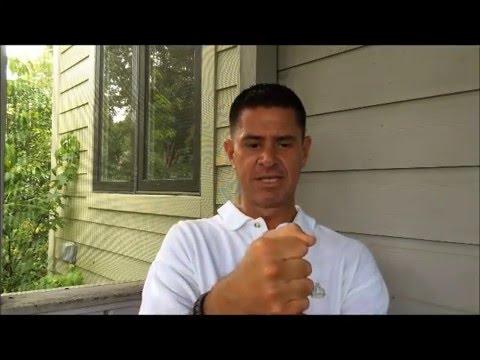September is Dystonia Awareness Month, so I want to share a little about it and how it impacts those of us who live with it. Please share this with your family, friends, doctors, and anyone you think might find this helpful. I am going to give the general definition of dystonia first, and then provide information about how it feels and the impact it has on our lives.
Dystonia is a neurological movement disorder characterized by uncontrollable, involuntary muscle spasms and contractions, causing repetitive movements, twitching, twisting, and/or abnormal postures. Muscle contractions can be sustained or intermittent and sometimes include a tremor. Dystonia can affect any part of the body, causing varying degrees of disability and pain from mild to severe. In some cases, dystonia exists without visual symptoms. Some people have muscles that involuntarily contract, but they have no change in physical appearance. Pain is almost always present regardless of physical presentation. People often describe their muscles as feeling like tightropes.
Unless you live with dystonia, it is very hard to understand what all of these symptoms mean or what it feels like, let alone the psychological, social, and emotional challenges that come with it. For some people, dystonia permeates every single part of their lives, demanding so much of their attention that it can be the only thing they think about. Their symptoms never stop long enough for them to get a break. The pain for many is excruciating.
This chronic lifestyle is very hard to comprehend for a lot of people. It certainly was for me until I developed dystonia nearly 20 years ago. It has challenged me unlike anything ever before. You can see in my photos below how dystonia can affect my body. It turned my world upside down and has taken me many years to find my bearings and treatments that make me more functional.
Not wanting others to suffer this same torture, I made it my mission to educate people about it, so I became an active patient advocate. I have written numerous articles for a variety of print and online publications, as well as a book about dystonia that was recognized by the Michael J. Fox Foundation and featured in Pain-Free Living Magazine and Pain Pathways Magazine. It is called, Diagnosis Dystonia: Navigating the Journey. I encourage you to get it for yourself, your loved ones, and your doctors. You can learn more about it if you click here. I also have a new book called, Beyond Pain and Suffering: Adapting to Adversity and Life Challenges, which you can learn more about by clicking here.

I find that the best way to describe dystonia is to share an example of something similar to what other people have experienced. At my worst, I used to say it felt like someone constantly had a power drill in my skull, neck, shoulders, and back, and a rope tied around my head yanking it towards my right shoulder. Of course I don’t know anyone who has experienced this, so it is not relatable and thus, probably not the best explanation. I would get empathy, but it was accompanied by blank stares.
Similarly, I often hear people say it feels like the affected body part(s) is in a vice, they are being squeezed by a snake, their head feels like it is being pulled off or is the weight of a bowling ball, and/or their muscles pull, turn, and twist uncontrollably. While most of us with dystonia understand what all of this is like because we experience it, it makes little sense to someone without dystonia. In order for them to better understand, we must use specific, tangible things they have also experienced so they can relate. Or, be creative and have them do things that mimic what you feel. Please see my video for some ideas.
Video Link – https://www.youtube.com/watch?v=rqhhYnYoOZo
While this video does not describe all the many different ways dystonia feels, I hope it is a good representation of what the vast majority experiences. Clearly, dystonia is not a fun disorder to live with by any stretch of the imagination. Take one of the examples I give about a charley horse. Imagine what your life would be like if you had a charley horse (painful cramp in the hamstring of the leg) that never went away. It is almost unfathomable, but this is what dystonia feels like for so many of us. Is it any wonder some of us may not be the same person we were before dystonia entered our lives? Chronic pain can change everything, which has forced us to adopt coping mechanisms that don’t necessarily reflect our real level of discomfort.
When we say we are in pain, it is often worse than usual; much of the time we are just coping and trying to sound happy and look normal. The gal in the picture below is evidence of this. She was in pain in this picture, but her smile tells a different story. Also take note of how she is holding her head; a gesture that is very familiar to those of us with cervical dystonia.

Sometimes we hear others say, “You just need to push yourself more.” It may be hard to read how we feel on our face or in our body language, but we push ourselves all the time; sometimes too much and we pay for it later with worse symptoms. Finding balance is one of our greatest challenges. Some days we do nothing but push just to get through the day. Sometimes it took every ounce of will power to get out of bed to just eat breakfast, and that was all I could do all day. A far cry from the life I lived prior to dystonia!
This is the reality of dystonia for many people, which can be a difficult concept to grasp. It is even difficult for those of us living with dystonia to sometimes understand. This video and article should provide more clarity. Too many people with dystonia do not get the support they need because those close to them simply do not understand the gravity of the situation, including our doctors. I hope this helps in that regard.








